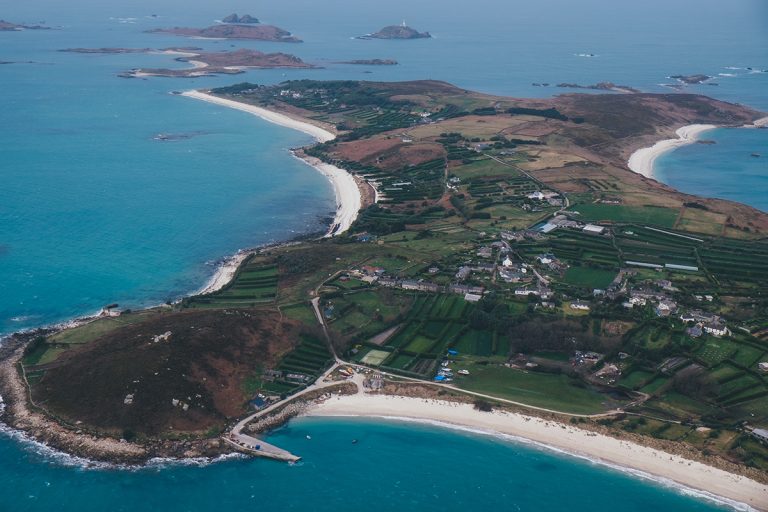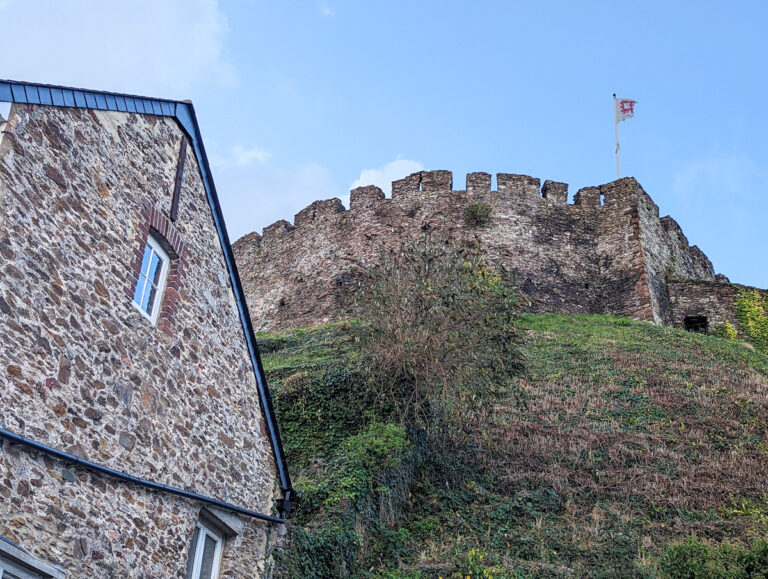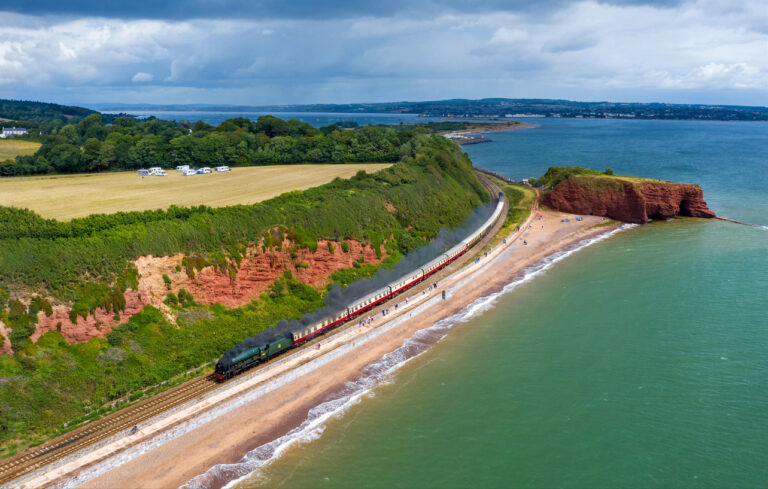Cities in South West England to Visit
If you want an urban break, why not visit one of these cities in South West England? This part of the country isn’t famed for its metropolises, but there are a few smaller, historic cities to visit.
From Bristol, the biggest city in the region but still somewhere that feels comfortably liveable, to the tiny city of Truro, this blog post will detail the best cities to visit in South West England!
Cities in South West England – places to visit!
Bristol
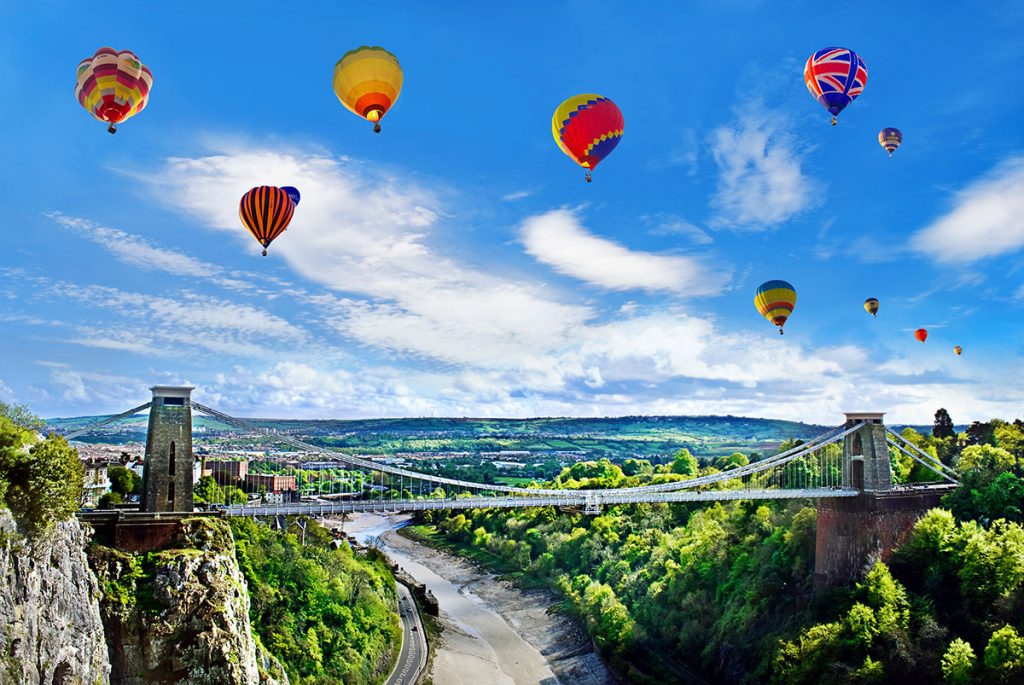
With colourful street art, genteel suburbs, a vast harbourside and ample cultural activities, it’s well worth visiting Bristol any time of year.
Bristol is by far the biggest city in the region. It has a population of around half a million, and is becoming a popular city for companies to base their headquarters, therefore its population of young professionals is booming.
Bristol is a great city to visit, and somewhere that deserves to be more on the tourist radar. There are so many things to do in Bristol, from walking over the famous Clifton Suspension Bridge to climbing about the SS Great Britain, an ex-migrant clipper that has been remade to look how it did in the 19th century.

The Old City of Bristol still retains its old Medieval layout, with many historic buildings each telling their own tale – the Hole in the Wall pub was used to spot press gangs, the Llandoger Trow was where Daniel Defoe met Alexander Selkirk, his inspiration for Robinson Crusoe, and the Bristol Old Vic is the oldest continually operating theatre in the English speaking world.
Then, you’ve got the numerous suburbs. Stokes Croft is a hipster’s paradise, adorned with street art, and a bit further up, Gloucester Road has the longest chain of independent shops and restaurants.
On the other side of the city is Clifton, an 18th-century suburb with beautiful Georgian houses and epic views over the Avon Gorge.
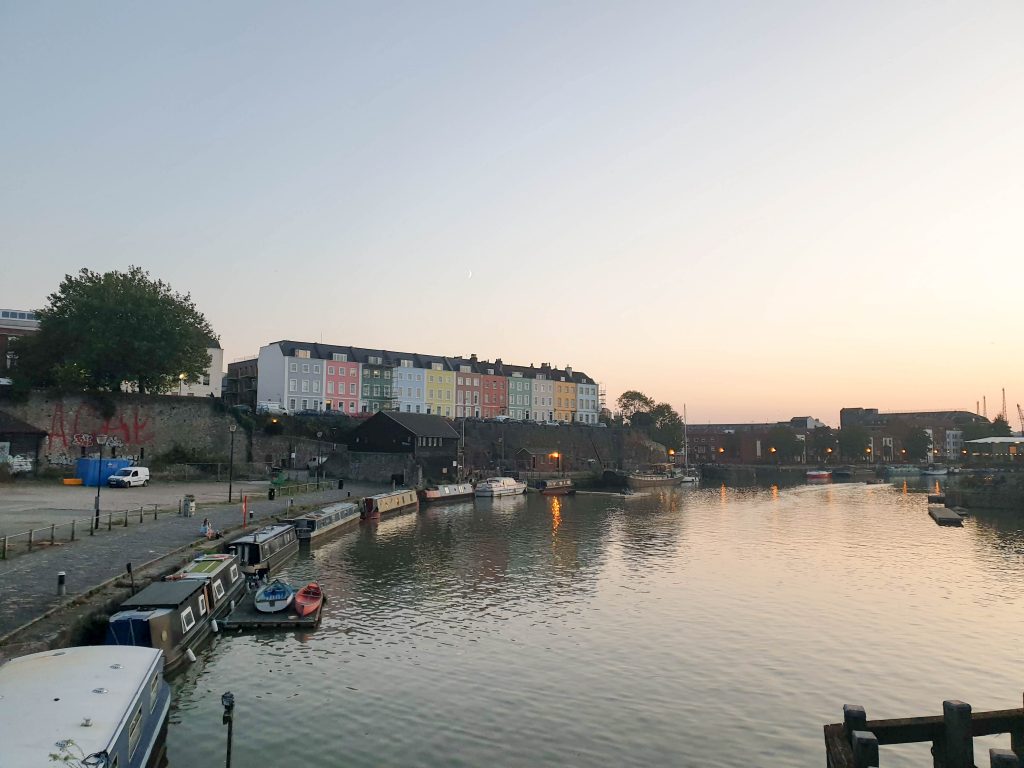
Had enough of the city life in Bristol? It’s easy to get out. The Mendips are a short drive away, with hikes like Blackdown, and Ashton Court is walkable from the centre. You can also enjoy nature really close to the city by visiting places like Blaise Castle and Snuff Mills. Bristol’s seaside isn’t far either!
If you’re looking for a city break, spending a weekend in Bristol is a great idea. Here are some ideas of where to stay in Bristol too!
Bath
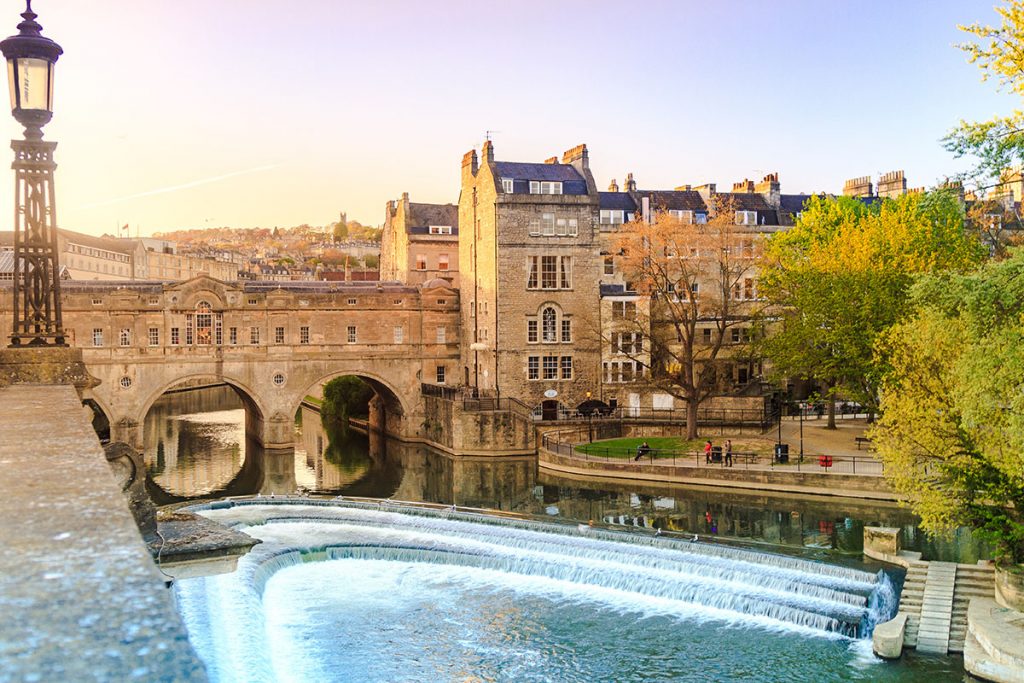
Bath is probably the most touristy city in the West Country. It is famous for its historic Roman Baths, as well as its luxurious modern spa which is connected to Bath’s hot spring waters.
Bathing isn’t all that there is to do here, however; Bath is also home to the majestic Bath Abbey, which was part-made by Bishop Oliver King, halted during the Dissolution of the Monasteries, and restored under Elizabeth I. Bath Abbey was the site of the coronation of Edgar, the first King of England.

Then there’s the Georgian history. Bath is famous for its crescents; the aptly named ‘The Crescent’ is one of the most striking, as is ‘the Circus’ which is a perfectly circular row of houses. Jane Austen spent some time in bath; you can learn about her at the Jane Austen Museum.
Bath also has lots of parks and viewpoints. The Skyline Trail is always pleasant; as is the Botanical Gardens and Sydney Gardens.
Bath is a small city, but it does have plenty of shops, restaurants and bars. If you want a bigger nightlife scene, Bristol is only 20 kilometres away.
Bath’s historical attractions and spa makes it a popular choice for weekend trippers. If you are planning on a weekend in Bath, check out this Bath hotels guide.
Wells

Wells is the smallest UK city, but it does have a very elegant Cathedral which gives it city status!
Wells was a Roman settlement (they likely settled here because of the natural springs, which give the city its names), and it became important in the Anglo Saxon era. This is when a minster church was founded, which would eventually pave the way for the Cathedral. The Cathedral was built in the 13th century; the oldest Gothic Cathedral in the country. Nearby is Vicar’s Close, the oldest residential street in the country, and there’s often a farmer’s market held outside.
You can easily see all of Wells’ attractions in half a day, but there’s plenty more to see in the surroundings. From the nearby town of Cheddar (yes, where the cheese is made!) with its epic gorge, to the rolling hills of the Mendips, to the quirkiness of Glastonbury – this area of Somerset is really something quite spectacular.
Salisbury

Salisbury is one of the most historic cities in the West Country, and is the only city in the otherwise rural county of Wiltshire. It’s a market city, prospering under Saxon rule and again during Medieval times, due to the cloth and wool trades.
Salisbury Cathedral stands at its heart – it was built in 1238, and many other cities modelled their cathedrals on Salisburys. It’s majestic in itself, with tombs dating from 1099, but it has another appeal – it contains one of the four copies of the Magna Carta, a royal charter of rights that was the foundation for British law today.
Salisbury Cathedral is set on the country’s longest Cathedral Close. There are plenty of historic buildings here, as well as some of the city’s best museums.
In town, you can find Salisbury Market (Tuesday 8am-2:30pm and Saturday 8am-3pm) in the original market square, dating back from 1219.
Most tourists to Salisbury is the famous megalithic structure – Stonehenge. This enigmatic stone circle has been the subject of mystery for decades; nobody is sure how it got there, but many people agree that it has a spiritual meaning.
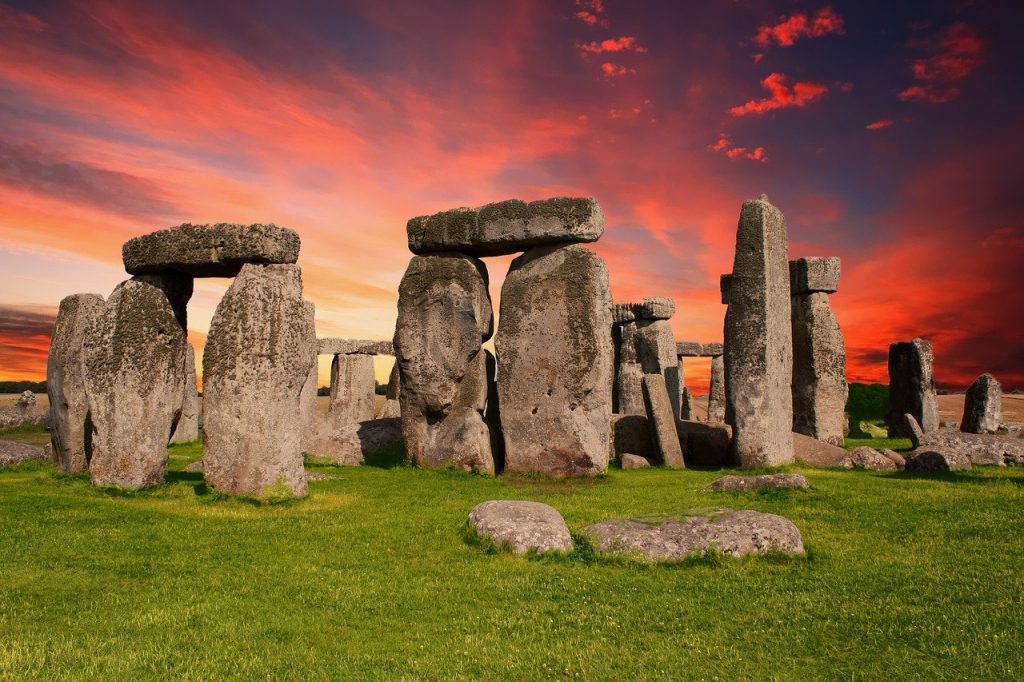
Old Sarum is also worth visting – it is thought to be the original site of Salisbury.
Salisbury is a small, rural city, but it has a few attractions that make it definitely a place worth visiting.
Gloucester

Set in the heart of the Cotswold region and on the edge of the midlands, Gloucester is a small city that is famous for Beatrix Potter (not related to Harry Potter) affiliations and being the gateway to Wales.
The city was occupied by Romans for centuries, and was one of the most important cities in England in the Middle Ages. It remained a city of significance throughout the Tudor and Stuart reign, and the iron ore, coal and timber industries developed here during the Industrial Revolution. In modern days, it hasn’t grown quite as much as other cities, but it still remains an important city within Gloucestershire, and the wider country.
Gloucester Cathedral has stood on site for almost 1000 years, and you can take a tour around the building to learn about its historic heritage. You can also climb the tower for an epic view over the city!

Gloucester was also the subject of some of Beatrix Potter’s literature; she was a Victorian writer who created children’s books. The Tailor of Gloucester was set in this city (me and my family watch it every Christmas) and the House of the Tailor of Gloucester is a small museum detailing this story.
Gloucester Docks and Quays is the waterfront area of the city, with lots of yachts and canal boats, lined with shops, restaurants and bars.
Gloucester is only a small city, but it’s a nice little day trip from Bristol to enjoy a slice of history!
Exeter

Exeter is Devon’s second city, sitting at the start of the Exe Estuary.
Like other cities in the south west, Exeter is famous for its beautiful cathedral. This one has spectacular vaulting – the longest of its kind in the world. It’s got some really unique features on the inside and out, including grotesques of local citizens at the time of carving, and different memorials and prayer rooms inside. Whether you are Christian, another religion, or atheist, this Cathedral is a must-visit.
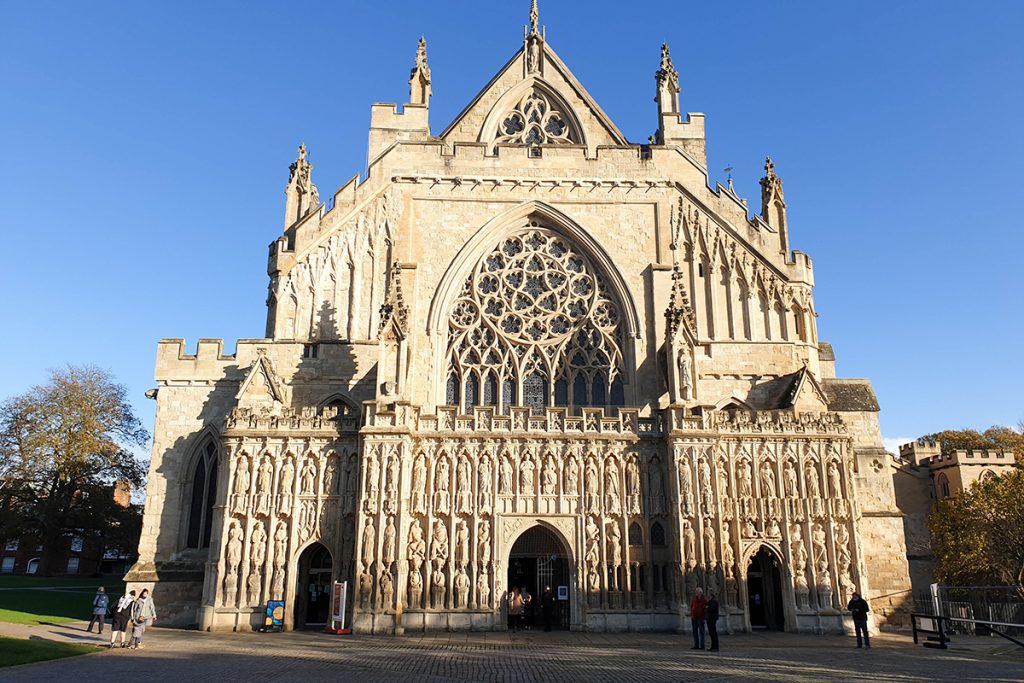
Exeter was founded by the Romans, and it prospered during the 18th century thanks to the woollen cloth trade. There are little elements of Exeter’s rich history dotted throughout the city – you can read about them in my Exeter travel guide or take a Red Coat Guided Tour to learn about them.
Once of Exeter’s more unique attractions is the tunnels, which were made in Medieval times to bring water to the city. You can take a tour around these tunnels, and a knowledgeable guide will detail you in spooky stories of the city!

Evenings in Exeter are best spent by the Quay. There are a few lovely restaurants with waterfront views, and it’s a great place for a sunset stroll. The estuary leads to Exmouth, which is about 11 kilometres away – a wonderful Exeter day trip.
If you’re planning on spending a weekend in Exeter, take a look at my other Exeter guides, including where to stay in Exeter!
Plymouth
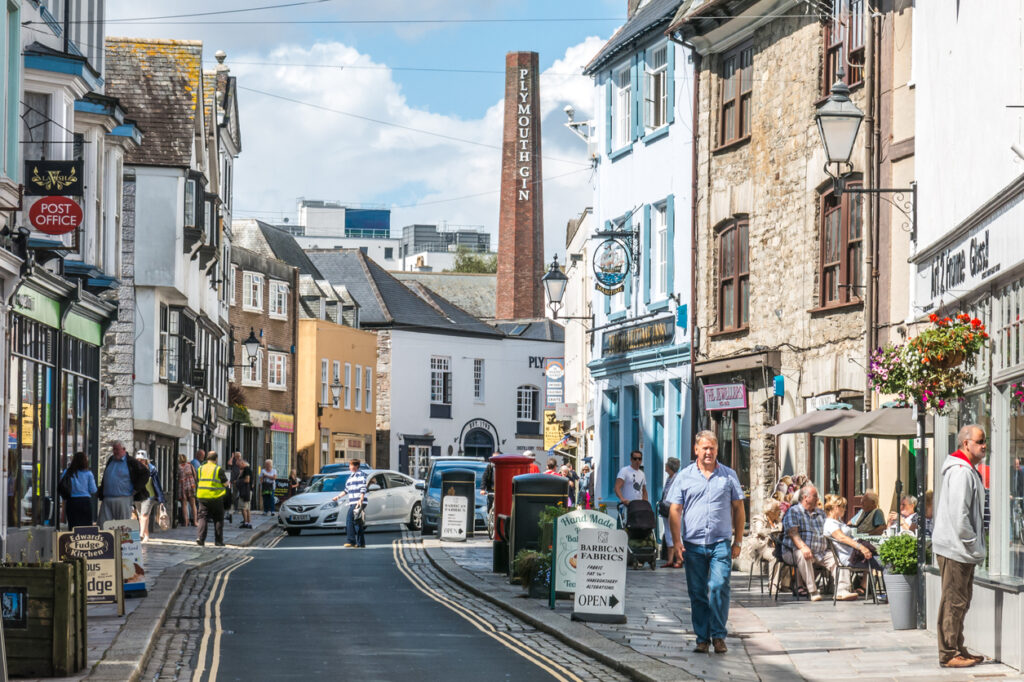
Plymouth is the largest city in Devon, and one of the best cities to visit in England if you love being by the coast! It has numerous cultural attractions, and is in prime position to enjoy some of Devon’s best nature.
The city was founded during the Saxon times, probably from farmland which is mentioned in the Domesday book.
Because of its geographical location; by the coast and at a useful point to voyage to other countries around the world, it grew in size and importance.
Due to its maritime location, the city has been used for naval purposes since the 17th century, and it still has the biggest naval base in the country.
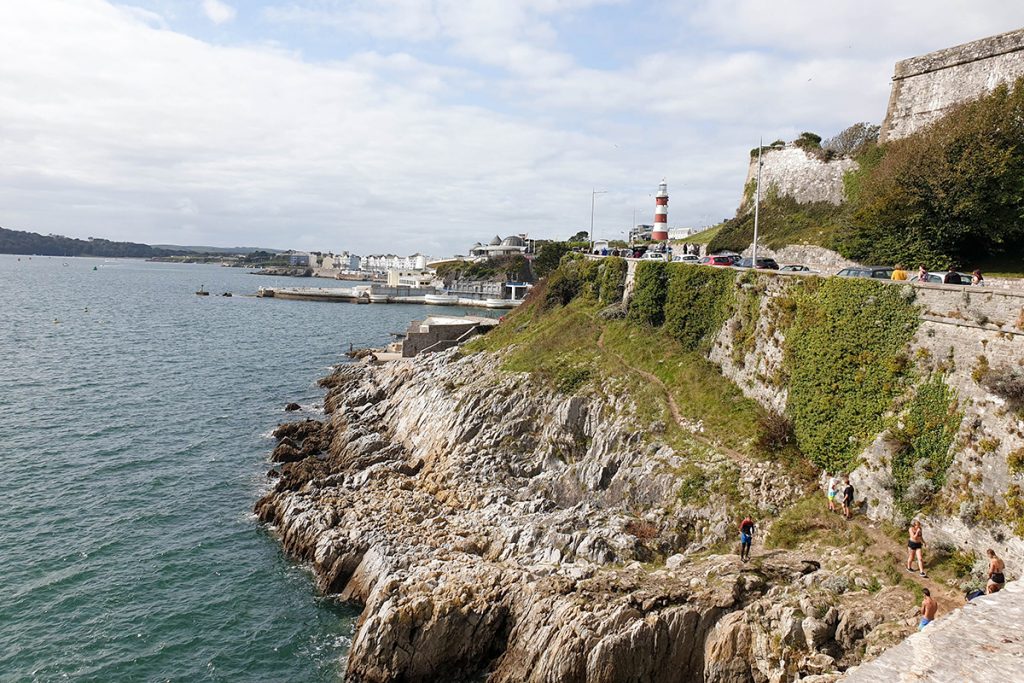
Plymouth is famous for being the Mayflower pilgrims‘ last destination before they sailed to ‘the new world’. There’s an interesting Mayflower exhibition documenting this by the visitor’s centre, and exhibitions in The Box, Plymouth’s main museum.
If you fancy some of the local tipple, try Plymouth Gin – the distillery is the oldest continuously operating gin distillery in the country, and you can take a tour to learn all about the distilling process and sample your own. Or, you can just buy a bottle from the shop!
Plymouth’s coastline spans from Mount Batten over the River Plym, across the Barbican and the Hoe, and then progresses a little up the Tamar, which is the natural border between Devon and Cornwall.
There are plenty of interesting sights along this route, including the yachts by Mount Batten, the al fresco bars and restaurants at the Barbican, Smeetons Lighthouse and the lido at the Hoe and the renovated Royal William Yard, which was an old navy base and is now luxury flats, restaurants, and bars.
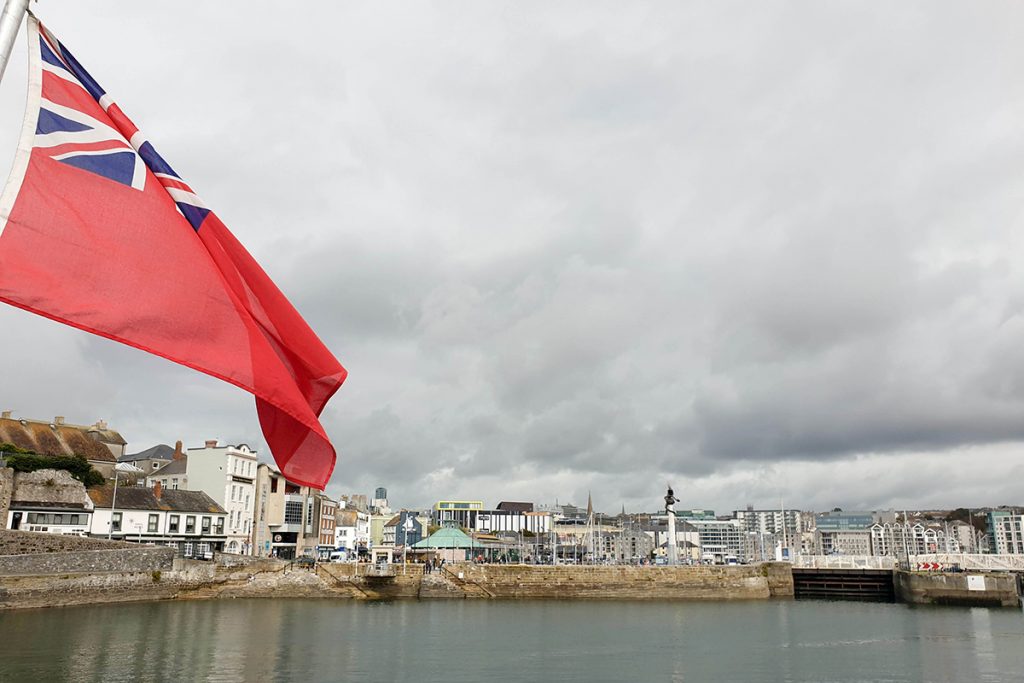
Like most cites in South West England, one of Plymouth’s main draws is the epic nature surrounding the city. Dartmoor is only 15 minutes away, as are lovely beach towns in both Devon and Cornwall. Even if you’re only spending a weekend in Plymouth, make sure you check the nature out!
Don’t miss my places to stay in Plymouth guide for all the best hotels in Plymouth!
Truro
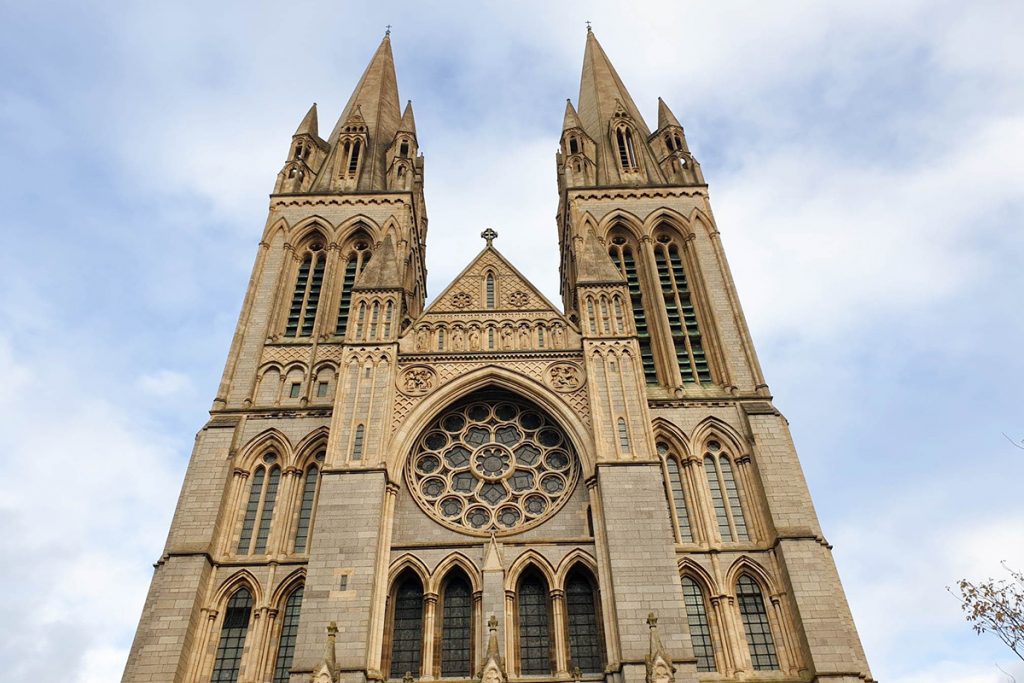
Truro is Cornwall’s only city, and has a population of less than 19,000. Truro has been a settlement since the Iron Age, but it is a relatively new city; the Diocese of Truro was only founded in 1876, which is when the cathedral was built.
Prior to this, it was a wealthy town, populated by mine owners and Cornish merchants who built the 18th and 19th century townhouses that can be seen dotted around the city today.
Despite its small size, it’s got a few interesting things to do, including the Royal Cornwall Museum, where you can learn a little more about this fascinating county. Truro also has the only Cathedral in the county.
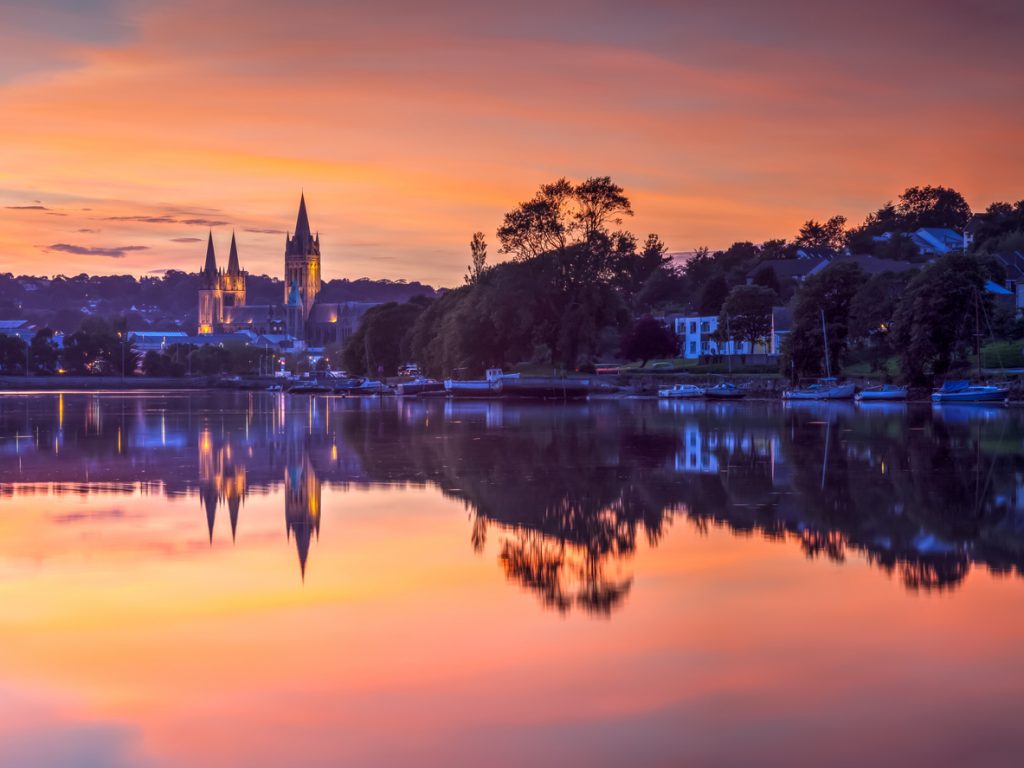
If you’re interested in Cornish culture and history (there’s a lot to learn about, from mining to smuggling to Cornwall’s fiercely independent spirit), stopping off in Truro while touring Cornwall is a must-do. Here are some of the best things to do in Truro and where to stay in Truro.
Cities in South West England: visit these on your UK trip!
These are all the cities in South West England, so if you do want to experience some of the local culture and history while in the region, hopefully this list will help!

